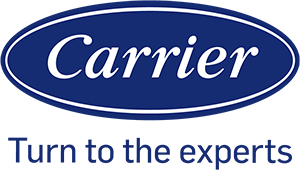As a homeowner, one of the toughest decisions you’ll have to make about your air conditioner is when it’s time for a new home AC system.
You’re researching online or have heard talk about variable speed AC compressors, two-stage compressors, and the single-stage compressor and Seer ratings. Let us help by explaining some of those AC systems and related terms.
I will explain, before the invention of refrigerators and air conditioning, people who could afford it, used ice to cool their homes and food. The math is based on the melting (heat transfer) of a 2000 pound block of ice over a 24 hour period at 32 degrees f. If that block of ice melts evenly over the course of the day, it absorbs heat at the rate of 11,917 BTU/hour. Rounded up, we get 12,000 BTU/hour or one ton of AC capacity.




